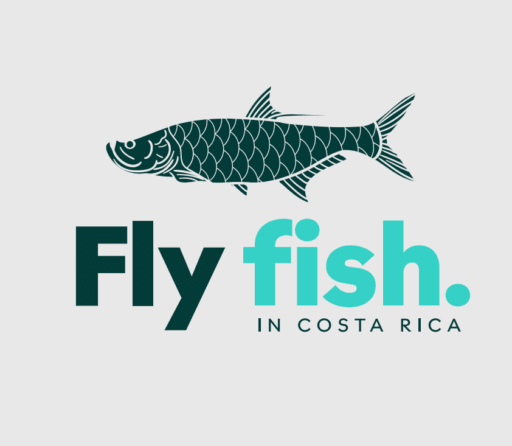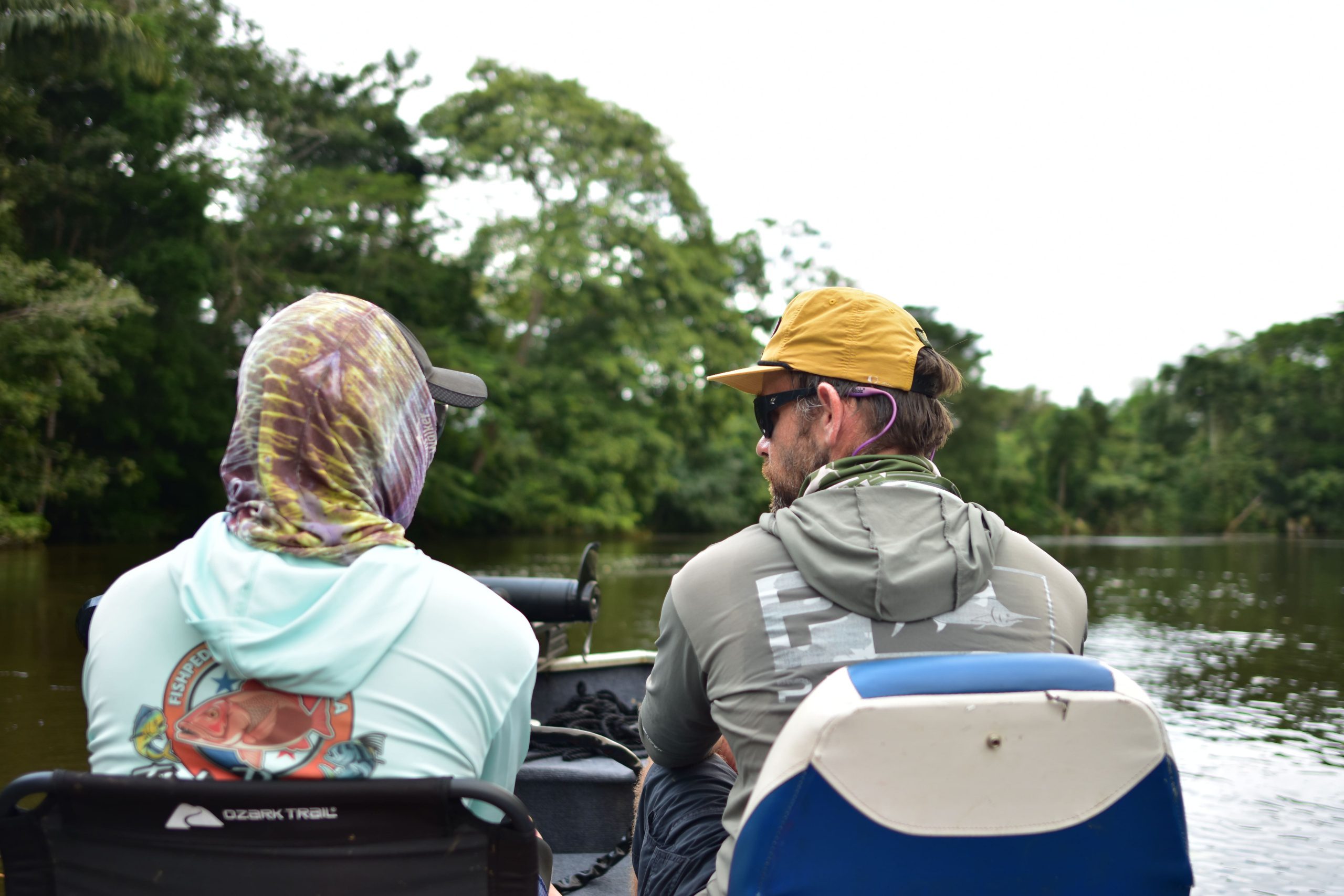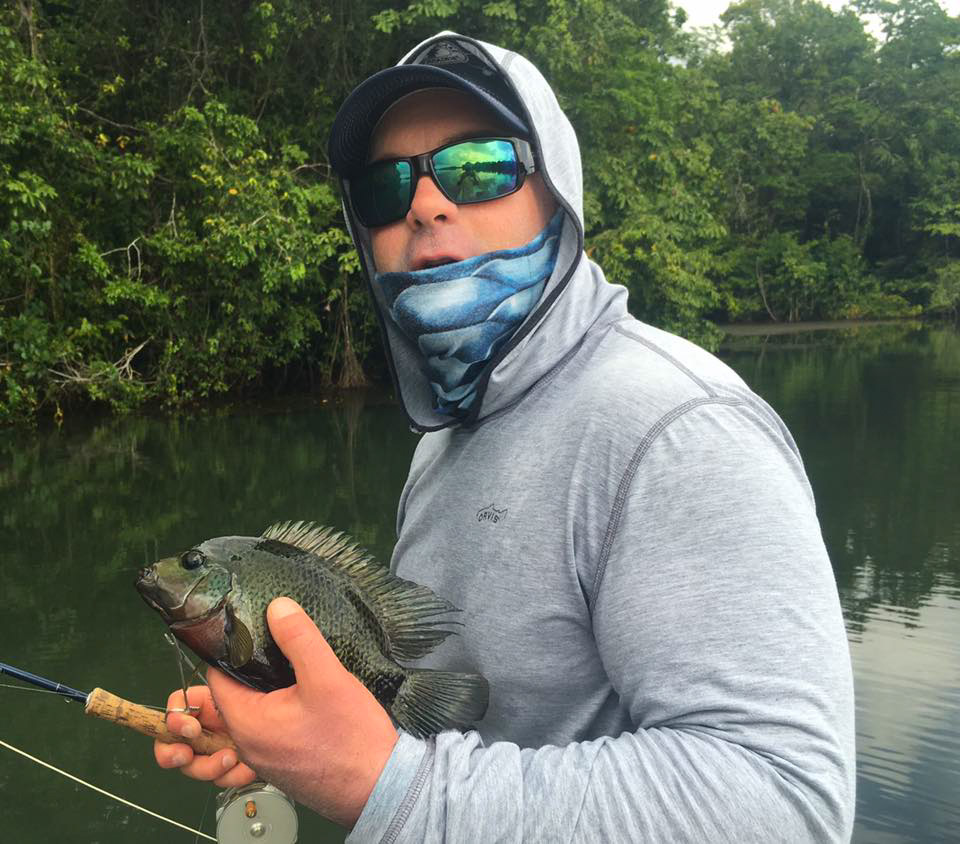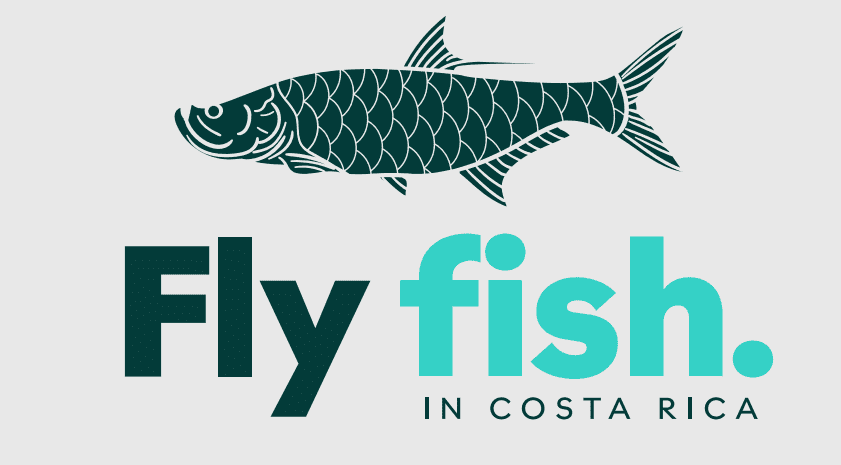Costa Rica is often regarded as a paradise for anglers, particularly for those who prefer fly fishing. Imagine casting your line into stunning landscapes teeming with diverse ecosystems and abundant aquatic life! 🌅 Here, fly fishing enthusiasts can immerse themselves in nature while honing their skills in some of the most picturesque waters in Central America. In this guide, we will explore the various aspects of fly fishing in Costa Rica, including its unique features, guiding opportunities, and some of the best fishing spots across the country.
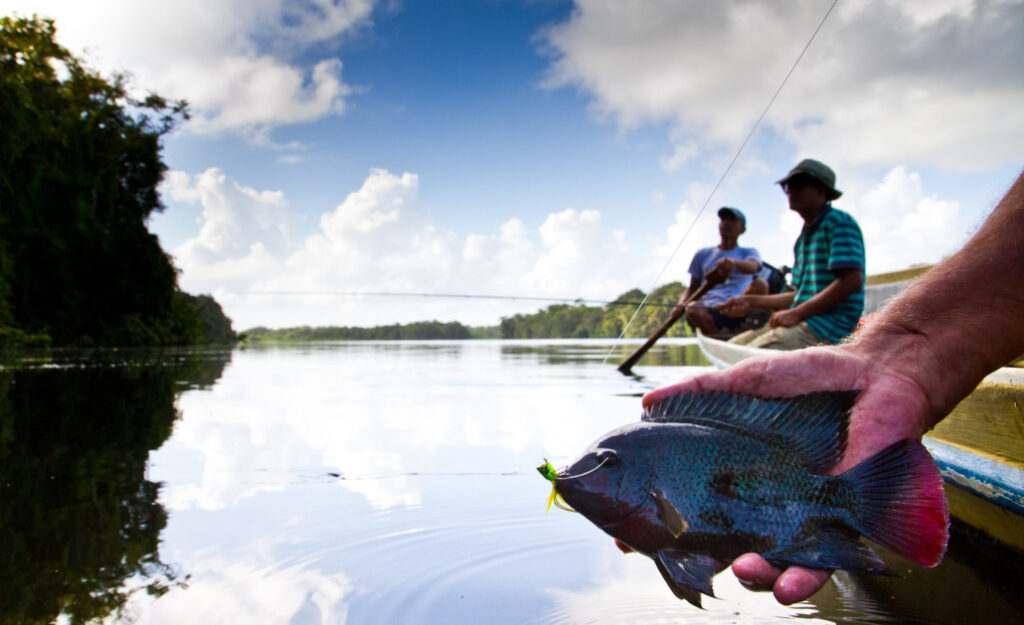
Costa Rica stands out as a top fly fishing destination for numerous compelling reasons:
- Costa Rica is home to an impressive variety of fish species due to its diverse habitats. From the crystal-clear rivers in the mountains to the vibrant coastal waters of the Pacific and Caribbean, anglers can expect to find a range of target species. The combination of freshwater and saltwater fishing opportunities ensures there is always something to catch, whether it’s a quiet day on the river or an exciting adventure offshore.
- One of the main advantages of fishing in Costa Rica is the favorable weather conditions year-round. The country experiences a tropical climate, meaning that anglers can enjoy fishing trips at any time of the year, although certain fish may have specific peak seasons. Furthermore, the diverse geographic regions of Costa Rica allow for different fishing techniques and experiences, from coastal and offshore fishing to river fishing for species like trout.
- With the growing interest in fly fishing, Costa Rica boasts an abundance of well-trained fishing guides and charter services. These local experts possess in-depth knowledge of the best fishing spots, seasonal patterns, and effective techniques tailored to the diverse fish species in the area. Hiring a professional guide not only enhances the fishing experience but also ensures compliance with local regulations and safety guidelines.
Costa Rica offers a multitude of premier fly fishing locations, each with its unique charm and fishing opportunities.
The Guanacaste region, especially along the Nicoya Peninsula, is famous for its coastal fishing. 🌊 The warm Pacific waters are filled with species such as roosterfish, snook, and mahi-mahi. Anglers can find fantastic coastal fishing spots that include rocky outcrops, sandy beaches, and estuaries. The region also features a variety of fishing charters, hotels, and amenities catering to tourists seeking great fishing experiences.
For those who prefer freshwater fishing, Lago Arenal stands out as the largest freshwater lake in Costa Rica and is known for its trout population. In contrast, the Sarapiquí River offers diverse fishing conditions, with access to species such as tarpon and snook. These freshwater spots provide a tranquil environment amid beautiful scenery, making them perfect for both beginners and experienced anglers.
Tortuguero, a unique region with its tropical canals and lush rainforests, is ideal for catching various species in both freshwater and brackish waters. Golfito, located on the southern Pacific coast, is also known for its rich marine environment and offers exceptional fly fishing opportunities for tarpon and roosterfish. These unique regions present captivating landscapes that enhance the fly fishing experience inCosta Rica.
The rich aquatic life of Costa Rica means that there are numerous fish species available to catch while practicing fly fishing. 🎣
- Among the most sought-after saltwater species, the roosterfish stands out for its exciting fight and striking appearance. These fish are commonly found along the Pacific coast, especially around rocky shores. The snook, known for its acrobatic jumps and powerful runs, can also be caught in coastal waters. The mahi-mahi, characterized by its vibrant colors and fast growth, is another fantastic catch for anglers venturing into Costa Rican waters.
- In freshwater locations, target species include rainbow trout, which are prevalent in places like Lago Arenal, and guapote, also known as peacock bass. These species offer exciting fishing experiences due to their aggressive feeding behavior and challenging fights. The availability of these fish in Costa Rica guarantees a versatile and enjoyable fishing experience.
Understanding the best times to fish can significantly enhance the success of a fishing trip. ⏰
Fishing in Costa Rica can be productive year-round, but certain peak seasons may allow for better catch rates for specific species. For example, the dry season from December to April generally offers stable weather and attracts many saltwater fish to shallower waters. In contrast, freshwater species may have their optimal times depending on local weather patterns and spawning behaviors.
Many experienced anglers swear by fishing early in the morning or late in the afternoon. During these times, fish tend to be more active as they search for food. The lower light conditions also allow anglers to approach their targets without alerting them, increasing the chances of successful catches.
Having the right equipment is crucial for success in fly fishing. Here are some key considerations:
- Choosing the right rod and reel combination can greatly influence fishing outcomes. While many anglers use 8 to 10-weight rods for saltwater species like snook and roosterfish, lighter rods (5 to 7-weight) may be more suitable for freshwater fishing focused on species like trout.
- Selecting appropriate fly lines and tippets is essential for ensuring optimal presentation. Floating lines are often used for surface fishing, while sinking lines may be necessary in deeper waters. Consider fluorocarbon tippets for added durability and invisibility underwater.
- Using the correct fly patterns can increase catch rates. Popular fly selections for saltwater fishing include imitations of mackerel and sardine, while freshwater anglers may opt for patterns that mimic local insects or forage fish. Bring a variety to adapt to changing conditions and fish preferences.
Employing effective techniques and tactics can significantly improve the fishing experience.
- Mastering casting techniques is essential for successfully delivering your fly to the target area. Accurate and controlled casts can reduce the likelihood of spooking fish, increasing the chances of successful captures.
- Being mindful of water conditions and understanding fish behavior can help anglers identify potential fishing spots. Pay attention to surface activity, such as jumping fish or diving birds, as these indicators can lead to productive fishing areas.
- Successful anglers must be flexible and adaptable, modifying their approaches according to conditions and target species. Being prepared to change tactics, flies, or locations can elevate your chances of landing a fish.
Hiring the services of a local guide can greatly enhance your fly fishing experience in Costa Rica.
Local guides possess invaluable experience and knowledge about the best fishing spots, techniques, and baits. They can also help anglers tailor their strategies according to local conditions, leading to more successful fishing.
Hiring a guide significantly contributes to ensuring safety while fishing. They understand local regulations and practices, helping you navigate the rules for sustainable fishing and ensuring you meet legal requirements, such as obtaining fishing licenses.
Understanding local regulations is essential for responsible fishing practices.
Generally, a fishing license is required in Costa Rica for both freshwater and saltwater fishing. Obtaining a license ensures compliance with local regulations, which may vary depending on the region and body of water.
Costa Rica promotes sustainable fishing practices, including catch-and-release policies for specific species. Familiarizing yourself with these regulations is crucial for minimizing environmental impact and protecting fish populations for the future.
Anglers may face various challenges while practicing fly fishing in Costa Rica, such as changing weather conditions, tides, or water clarity. Being adaptable and prepared can mitigate the impact of these challenges.
Absolutely! Many local guides offer personalized instruction tailored to beginners. With guidance, novices can quickly gain the skills and confidence needed to enjoy fly fishing in this beautiful and diverse locale.
Planning your fishing trip to Costa Rica involves selecting the right destination and timing, obtaining licenses, hiring a guide, and preparing suitable gear. Researching local conditions and consulting guides can streamline the planning process.
Fly fishing in Costa Rica is an unforgettable adventure filled with opportunities for anglers of all skill levels. The rich biodiversity of the country, its favorable conditions, and stunning landscapes create an ideal environment for fishing enthusiasts. By adhering to local regulations, using the right equipment, and working with professional guides, you can ensure a rewarding and enjoyable fishing experience amidst the natural beauty of Costa Rica’s diverse aquatic environments.
